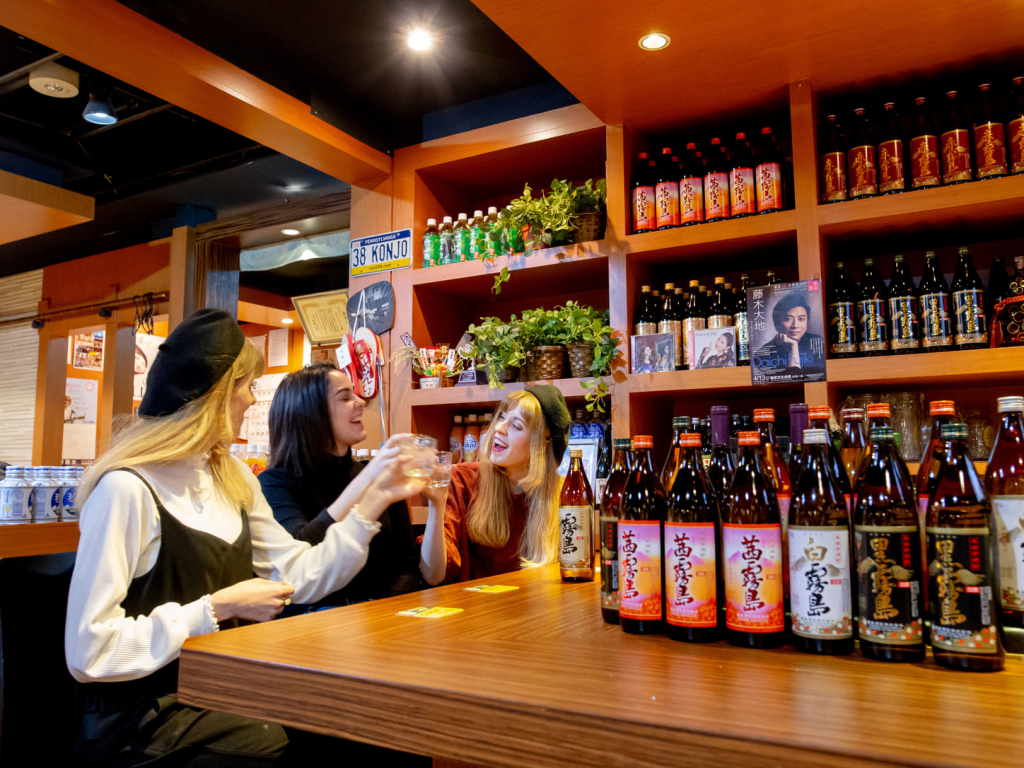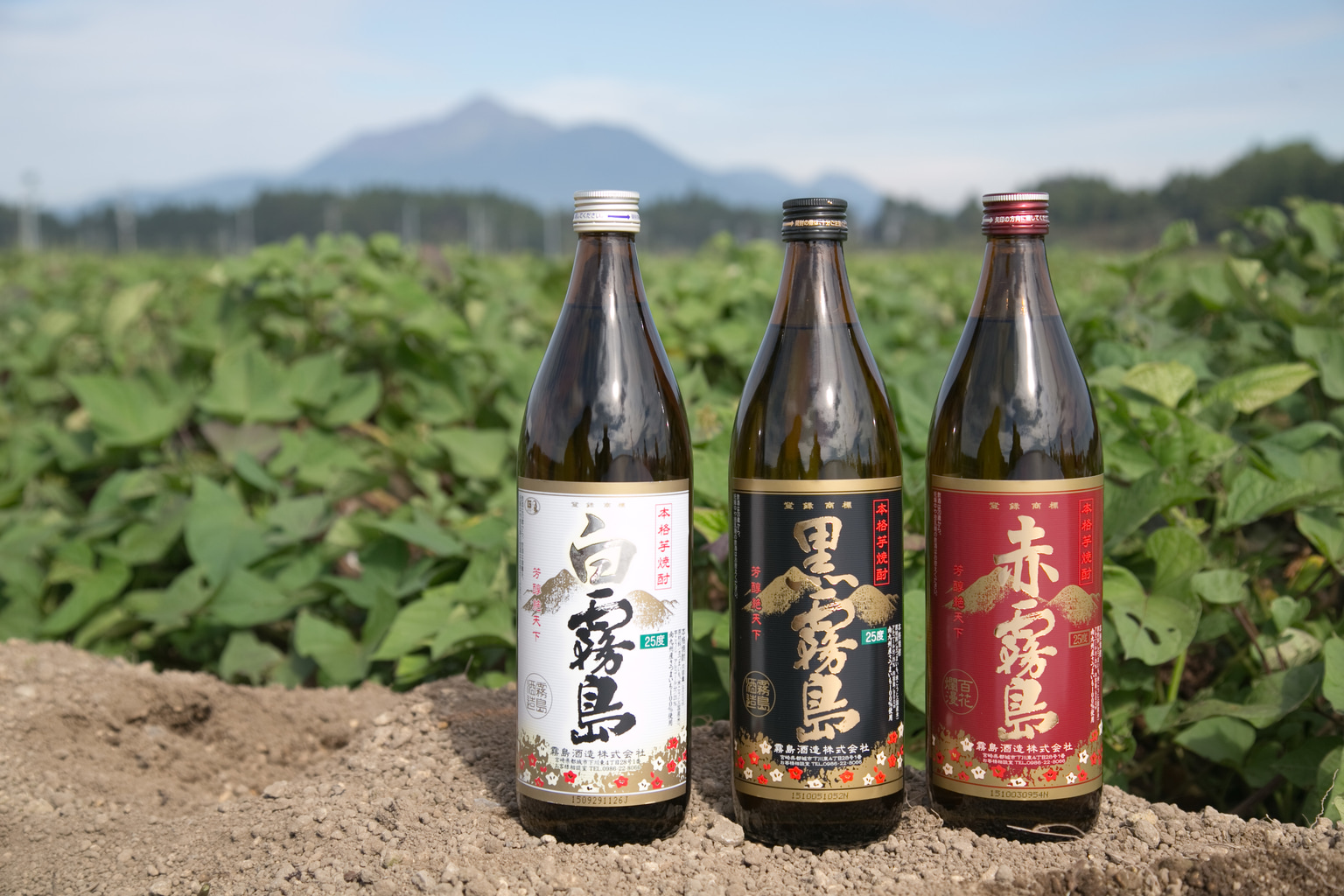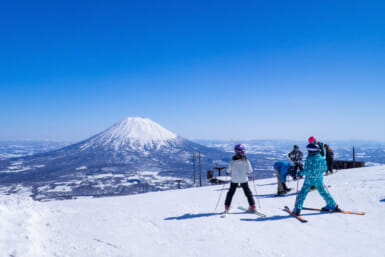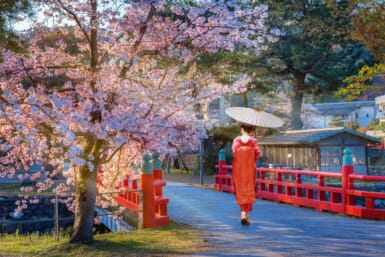Chuhai, hoppy, lemon sour, umeshu… one thing ties all of these drinks together, and it isn’t merely their prevalence in Japan. Rather, they are all made with shochu, arguably Japan’s true national drink. Sake (which incidentally just means “alcohol” in Japanese), also known as nihonshu, usually gets the claim to the title, but it’s actually consumed less per capita than its sibling.
But what exactly is shochu? Abroad, it’s commonly confused with the Korean soju, or typified as a “Japanese vodka.” In fact, shochu is usually stronger than both soju (from 16.8%) and nihonshu (around 15%), at around 25% to a maximum of 45%, with the most common types being in the lower digits. But it’s not only this that sets it apart: shochu is strongly characterized by its origins and the manufacturing process.
Over 300 distilleries are dotted all across Kyushu, with three out of four types having a protected geographical indication originating here. No wonder Kyushu is nicknamed “the island of shochu.”
Shochu comes in a variety of guises, including either distilled once or multiple times. Honkaku shochu, or premium shochu, is always only distilled once, with no additional ingredients besides the base type of starch, water and a fermentation agent known as koji. As a result, the final flavor is heavily influenced by the core ingredient. The base can come from a wide variety of sources, including barley, sweet potato, rice, and brown sugar, through to rarer options such as shiso.
The most popular type is sweet potato, or satsuma imo shochu. Location was key in its creation: sweet potatoes made it to Japan from their native Central and South America and turned out to thrive in southern Kyushu, where the volcanic land was unsuitable for rice cultivation, which had been used for shochu until then. At the same time, the koji mold used in Japan was quite different to those used in the West to distill spirits. The rest, as they say, is history – the first satsuma imo shochu was made in Kagoshima Prefecture, and the practice has since been adopted by distilleries across Kyushu.

That includes Kirishima Shuzo, a Miyazaki Prefecture-based distillery whose first ever shochu back in 1916 was a satsuma imo one made with black koji. Kirishima kept with tradition and continued this line of black koji shochu, which grew into their now nationally recognized Kuro Kirishima. As it’s a premium shochu, having it neat is the best way to enjoy it – nothing to interfere with the slightly sweet notes from the black koji, and its crisp finish and aroma courtesy of the sweet potato base. Having said that, there are no hard rules on drinking style – enjoy it on the rocks, mizuwari (with water) or oyuwari (with hot water). You’re bound to come across it at izakaya across Japan, and it’s a popular option as a keep bottle: a full bottle bought at an izakaya or bar and left there with your name on it, for you to use next time you return.
Besides its ubiquitousness on any izakaya menu, shochu has another way in which it gives nihonshu a serious run for its money: its lack of calories. Honkaku shochu has no added sugars, virtually no carbs and zero residual sugars from fermentation once it’s been properly distilled. No wonder Kirishima’s tipples have been served at the Academy Award’s Governors Ball for a couple of years now. Compared to other alcoholic drinks, the effect on your health, and the chances of getting a hangover from it (when drunk in moderation) are much lower. Now that’s something to say kanpai to.
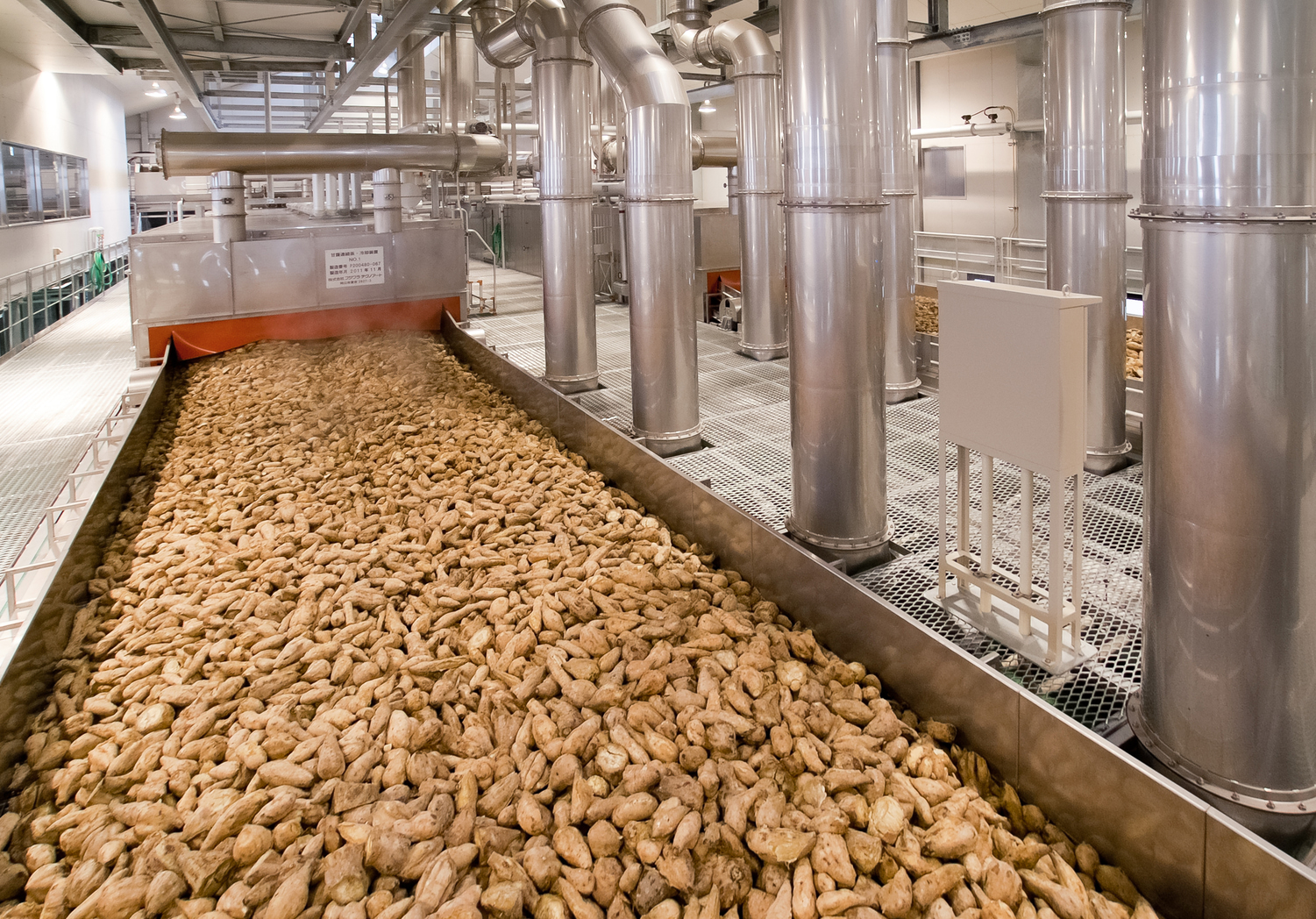
How Shochu is Made
The process of making shochu is relatively simple but has been cultivated over many centuries. At its core, the drink consists of a mere three ingredients: a base starch, water, and koji, a type of mold commonly used in Japan. At Kirishima Shuzo, this means sweet potatoes cultivated in the wilds of Mount Kirishima, and pure water from the wells nearby. The koji is prepared by sprinkling koji spores on steamed rice or barley in a slightly warm, temperature-controlled room, while the base starch will be steamed separately as well to help the fermentation process.
After that, everything is combined to create a mash known as moromi, which is left to ferment for a week or two depending on the main ingredient. Depending on the type of shochu, the koji and water may be mixed first to make an initial moromi, while the main ingredient and more water will be added up to a week later to make a second moromi.
From there, things diverge, as there are two different ways of distilling. Shochu can either be distilled once (乙類, otsu-rui) or distilled multiple times (甲類, kou-rui). Kou-rui is what you’ll usually find in your average chuhai or sour as it’s a popular mixer. Otsu-rui, on the other hand, is typically drunk as it is, with many of these falling into the honkaku shochu (本格焼酎), or premium shochu, category.
The distilled spirit is then stored and matured, after which it is still unrefined. To refine it, it will be filtered or blended with water, and finally packaged and shipped for you to sit back and enjoy a glass.
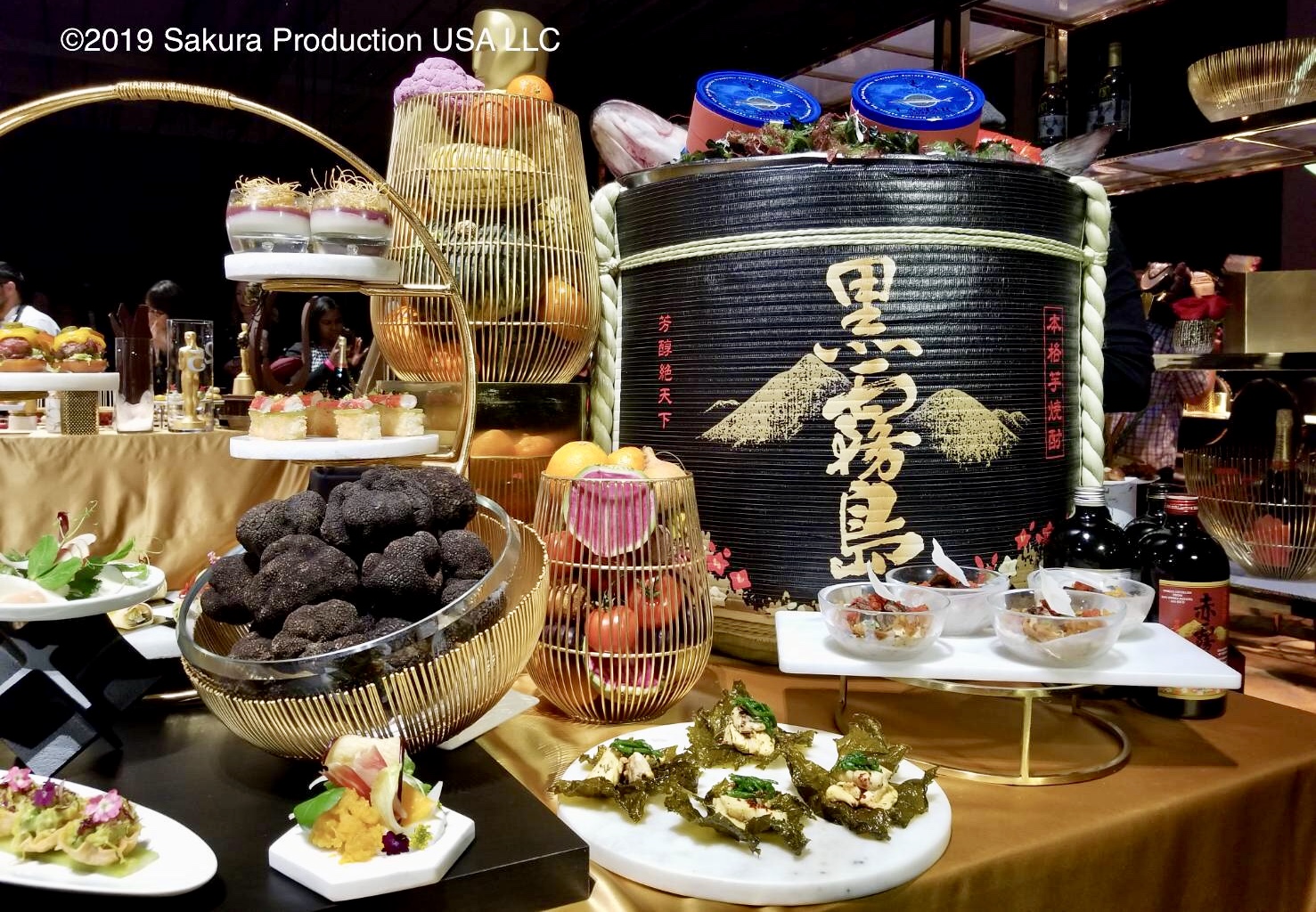
Local Food and Kuro Kirishima: A Perfect Kyushu Match
Unlike other types of alcohol, shochu is commonly paired with a meal. Considering shochu and Kyushu are so closely intertwined, it’s no surprise that the drink goes well with local Kyushu cuisine. Kirishima’s Kuro Kirishima is a good example: its crisp aftertaste and slightly sweeter notes make it a great accompaniment to many dishes, no matter the season.
In spring, for example, Kagoshima’s famed kurobuta pork is used for a delicate shabu shabu. These “black pigs,” or Berkshire pigs, are often fed sweet potatoes, which gives the meat a light sweetness that mirrors the flavor of the shochu. For a gustier pairing, Fukuoka’s bite-sized gyoza are often served with a spicy yuzu kosho, a mix of yuzu with green chili pepper. In summer, combine it with seafood: dried and grilled umitake (piddock) from Saga, or kibinago (silver-stripe round herring) from Kagoshima.
Autumn brings flavorful shiitake mushrooms, which are best eaten when grilled lightly over charcoal, the way they’re prepared in Oita Prefecture. The mushrooms are grilled top down, which ensures all the natural juices are kept inside as much as possible to create little umami bombs. A sip of shochu cuts through the richness, but keeps the flavors intact. You’ll find lesser-known dishes in wintertime, including karashi renkon (mustard-stuffed lotus root) from Kumamoto. Sweet potato shochu helps cool down the sharpness of the mustard-like karashi. There are also plenty of hearty dishes to be had, such as tonkotsu seasoned pork bones from Kagoshima or chicken expertly grilled over charcoal from Miyazaki. Having a glass of sweet potato shochu isn’t just about drinking: pair it with these dishes and you’ll start to understand Kyushu’s culinary history.
For more information about Kirishima Shuzo, go to www.kirishima-global.com/co/en
Top photo by Robert Kirsch
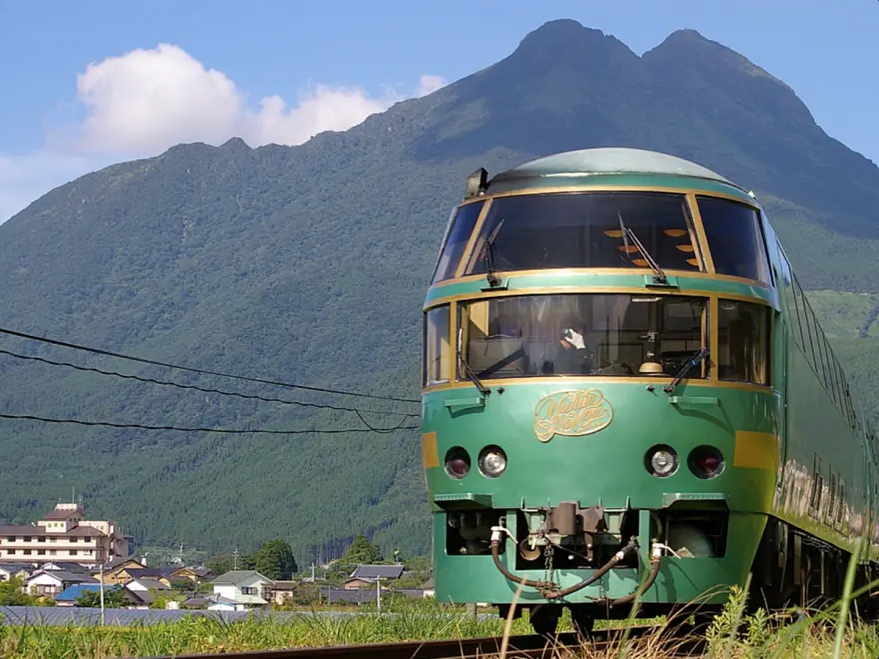
DISCOVER KYUSHU BY TRAIN
Buy the JR Kyushu – All Kyushu JR Pass
For an extra 5% off use our coupon code TOKYOWEEKENDER during check-out.

